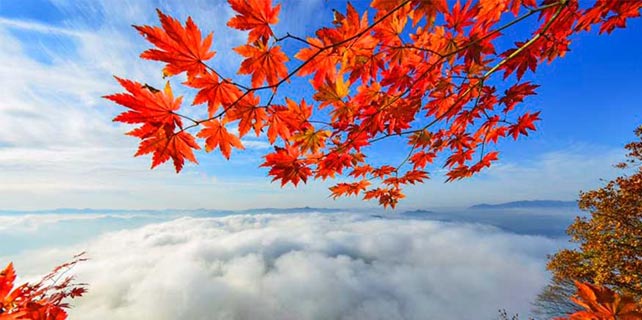Ring of Fire tells Asia of its seismic peril
The string of active volcanoes around the Pacific Ocean has lived up to its Ring of Fire name lately, sparking mass evacuations in Indonesia and Vanuatu and unsettling parts of southwestern Japan. The 450 or so volcanoes that make up the ring outline where the massive Pacific Plate grinds against other plates that form the Earth's crust, creating a 40,000-kilometer-long zone prone to earthquakes and other seismic upheaval.
Japan
The Shinmoedake volcano in southwestern Japan started erupting on Wednesday for the first time in six years. An ash plume rose 1,700 meters from the crater on Thursday and ash fell on cities and towns in Miyazaki prefecture. Japanese broadcaster TBS showed students wearing helmets and masks on their way to school at the foot of Shinmoedake. The Japan Meteorological Agency is warning that hot ash and gas clouds known as pyroclastic flows could travel as far as 2 kilometers from the crater, and ash and volcanic rocks are a risk over a wider area depending on the wind direction and elevation. It raised the volcanic alert level from 2 to 3 on a scale of 5. Level 3 warns people to not approach the volcano.
Bali
Mount Agung, a volcano on the highest alert level, is seen as tourists watch the sunset in Amed on the resort island of Bali, Indonesia.
More than 140,000 people fled Mount Agung on the Indonesian resort island of Bali after its alert status was raised to the highest level on Sept 22. Hundreds of tremors daily from the mountain indicate magma is rising inside it, prompting authorities to warn that a powerful eruption may be imminent. The volcano spewed lava and deadly fast-moving clouds of boiling hot ash, gas and rocks when it last erupted in 1963, killing more than 1,100 people. A new eruption is likely to kill fewer people because officials have imposed a large no-go zone around the crater but it could paralyze tourism, which many Balinese rely on for their livelihoods. Indonesia has more than one-tenth of the world's active volcanoes and another two are currently erupting. Sinabung in northern Sumatra is shooting plumes of ash high into the atmosphere nearly every day, while Dukono in the Maluku island chain is also erupting periodically.
Vanuatu
The entire population of a Pacific island was evacuated in the space of a few days in late September and early October to escape eruptions from the Manaro volcano. The 11,000 residents of Ambae island were moved by every boat available to other islands in Vanuatu, a Pacific archipelago nation, where they are living in schools, churches and tents. Officials have since downgraded the volcano's danger level but say the population must wait at least two more weeks to return. The island's water supply and crops have been affected by volcanic ash and acid rain but most villages were spared major damage. Previous eruptions of the volcano have lasted from four to six weeks.
REUTERS




















